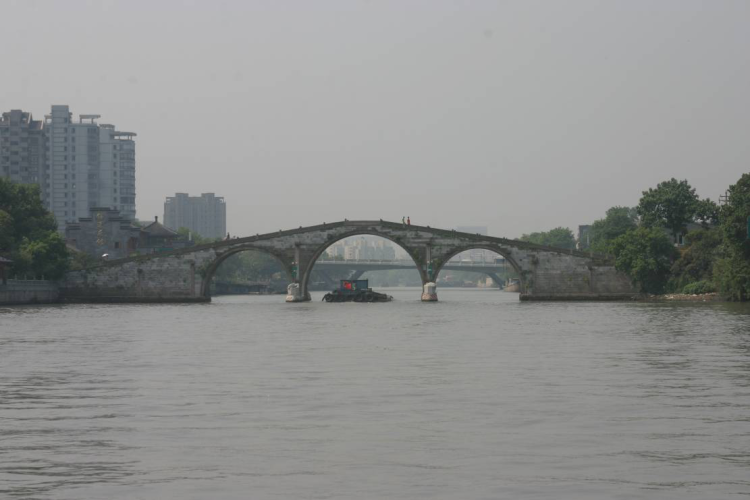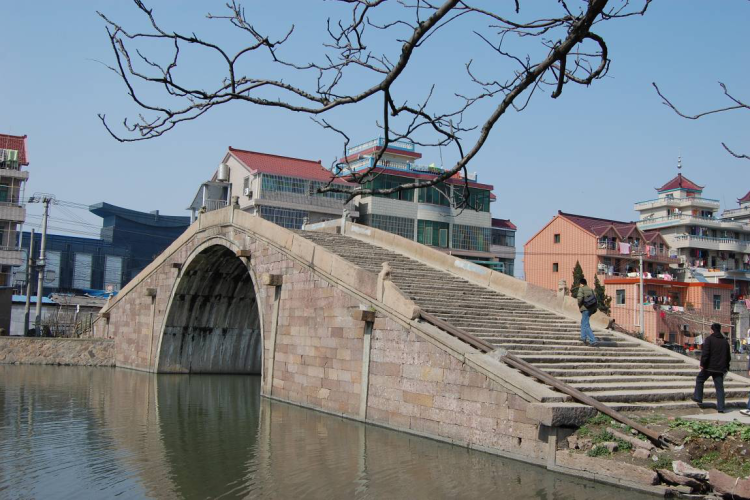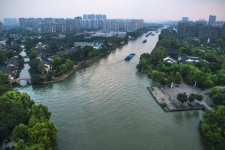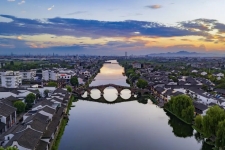The Grand Canal, one of the oldest in the world, was built in 486 B.C. It consists of the Beijing-Hangzhou Grand Canal, the Sui-Tang Grand Canal and the Eastern Zhejiang Canal. It spans eight provinces and municipalities in Beijing, Tianjin, Hebei, Shandong, Jiangsu, Zhejiang, Henan and Anhui. It is the oldest, largest, longest-running, longest-running artificial canal in the world and still in use today. It was an important waterway and economic lifeline in ancient China.
In 2013, it was included in the seventh batch of key national cultural relics protection units.
As an important node city of the Grand Canal, Hangzhou has three main canals, One is the Tanghe River, the old road of the Sui Dynasty, the other is the Hangzhou section of the Jiangnan Canal since the late Yuan Dynasty, and the other is the Xiaoshan section of the Eastern Zhejiang Canal. In addition, there are several important branch lines, city rivers, inland rivers and river diversion channels.
Hangzhou's downtown canal Zhongjing Hangzhou Grand Canal 62 kilometers, Shangtang River 27 kilometers, East Zhejiang Canal 38 kilometers, a total of 127 km. Branch Canal Yuhangtang River 24 km, Fengkou River (Xitang River) 18 km, a total of 42 km. Yun River through the Yuhang District, Hangzhou Central City, Xiaoshan District.




